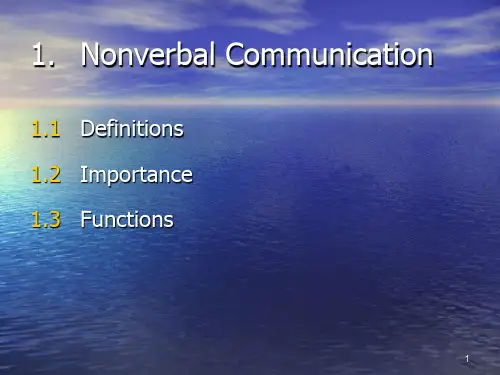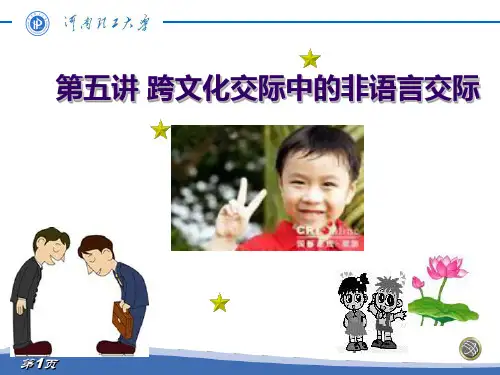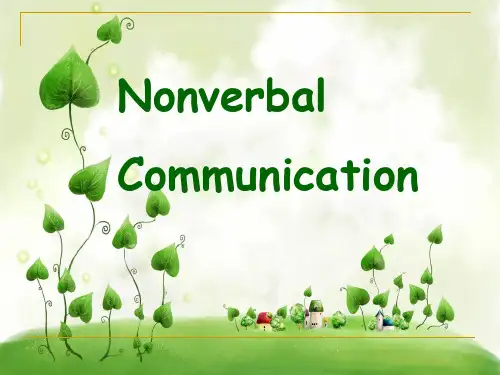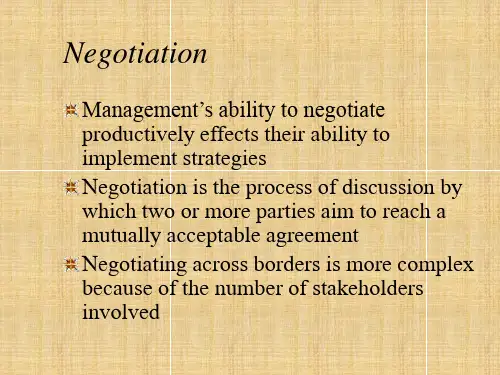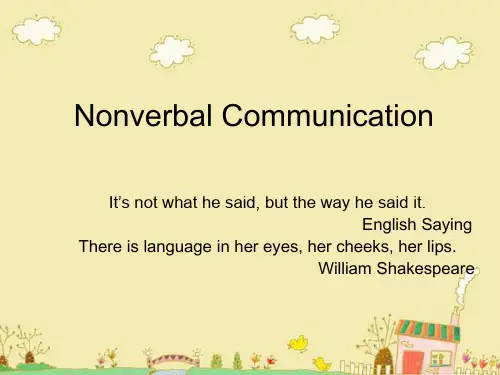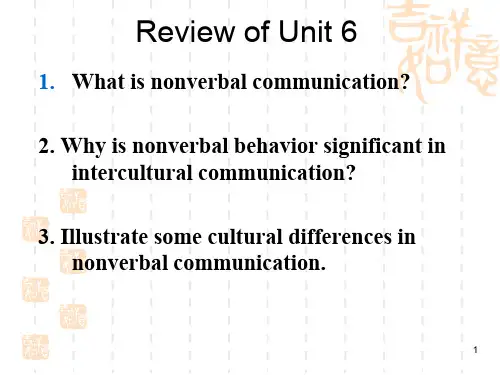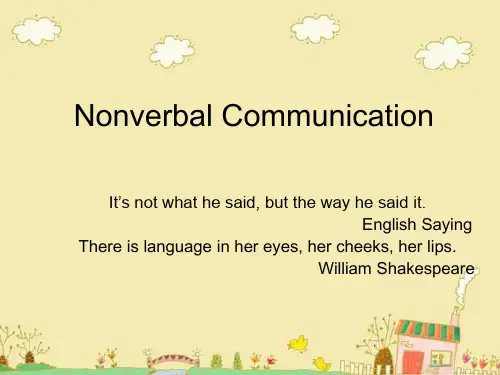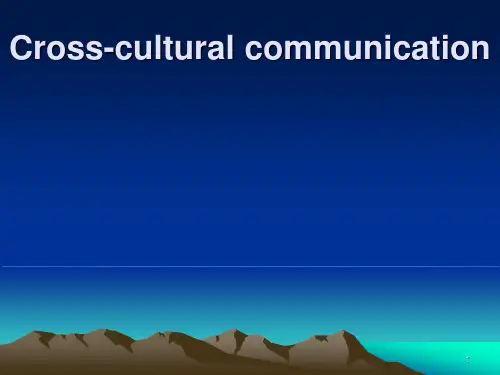• 1. time language (chronemics): punctuality, promptness, time orientation, what is early or late, long or short, etc.
• 2. space language (proxemics): body distance and body touch
Polychronic Time
• P-Time practiced by most other peoples is less rigid and clock-bound.
• People from P-Time cultures schedule several activities at the same time, and the time for them is more flexible and more human-centered.
• Research suggests that 93% of the message was transmitted by voice tone and facial expressions, whereas only 7% was transmitted by words. (Mehrabian A. & wiener M., 1967)
hour, at the appointed time,
at the stated time, in time, in
• M-Time cultures gpooldatcimee, tgimreely,awtelle-timmedp, hasis on
schedules.
perfect timing.
• 3. body language (kinesics): posture (the way the body is held), stance (the way of standing), gesture, facial expression, eye behavior, appearance (including clothing, cosmetics, hair style and smell), etc.
